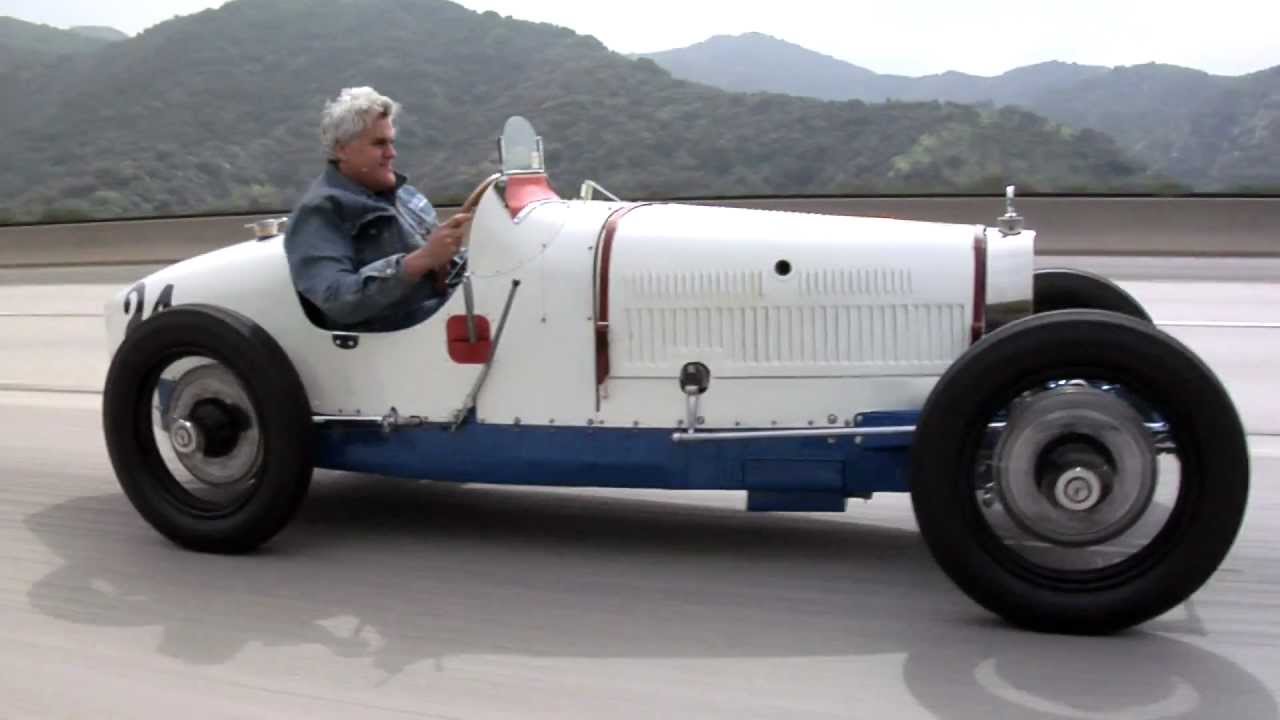1928 Bugatti Type 37 A

The descriptions of the Classic Cars in the Directory were partly generated or supplemented with the help of artificial intelligence (AI). The content may occasionally not always be entirely accurate or factually correct despite careful checking.
The Bugatti Type 37 A is a masterpiece of automotive engineering, built by the legendary French automaker Bugatti in 1928. It is a true marvel of design and mechanics, boasting a range of technical features and innovations that set it apart from any other car of its time.
At the heart of the Bugatti Type 37 A is a powerful 1.5-liter inline-eight engine, capable of producing up to 80 horsepower at 5,500 rpm. This impressive power output made the Type 37 A one of the fastest and most agile cars of the 1920s, with a top speed of around 95 miles per hour.
The engine of the Type 37 A is paired with a four-speed manual transmission, which features synchronized gears for smooth and precise shifts. The car also features hydraulic brakes on all four wheels, providing exceptional stopping power and control.
One of the most notable features of the Bugatti Type 37 A is its unique suspension system. The car features an innovative independent front suspension design, which uses a series of transverse leaf springs to provide a smooth and comfortable ride. The rear suspension features a live axle with semi-elliptical leaf springs.
In addition to its impressive mechanical features, the Bugatti Type 37 A also boasts a stunning aerodynamic design. The car features a low, streamlined body with long, flowing lines and a classic Bugatti horseshoe grille. The Type 37 A also features a distinctive cycle fender design, which adds to its sleek and sporty appearance.
Another key feature of the Type 37 A is its lightweight design. The car weighs in at just over 1,300 pounds, making it exceptionally nimble and agile on the road. This lightweight construction was achieved through the use of advanced materials and manufacturing techniques, including a hollow front axle and lightweight alloy components.
Overall, the Bugatti Type 37 A is a true masterpiece of automotive engineering, with a range of technical features and innovations that set it apart from any other car of its time. Its powerful engine, smooth transmission, innovative suspension, and lightweight construction make it a true pleasure to drive, and a true symbol of the golden age of automotive design and innovation.
Milestones
- The Bugatti Type 37 A was introduced in 1926 as a racing car. - The engine of the Type 37 A was a 1.5-liter straight-eight, capable of producing around 90 horsepower. - The Type 37 A had a four-speed manual transmission and a top speed of around 90 mph. - The car was known for its lightweight design, which made it highly maneuverable on the racetrack. - The Type 37 A had a successful racing career, winning multiple Grand Prix races in the late 1920s and early 1930s. - In 1928, Bugatti introduced a supercharged version of the Type 37 A, known as the Type 37 A/4. - The Type 37 A/4 had a modified engine with a Roots-type supercharger, which boosted horsepower to around 140. - The supercharged version of the Type 37 A was even more successful on the racetrack, winning multiple races and setting several speed records. - Production of the Bugatti Type 37 A continued until 1930, when it was replaced by the Type 35.Technical
- Engine: 1.5-liter, 4-cylinder inline - Horsepower: 60 at 5,000 rpm - Top speed: 90 mph - Transmission: 4-speed manual - Suspension: Solid front axle with semi-elliptic leaf springs, rigid rear axle with semi-elliptic leaf springs - Brakes: 4-wheel drum brakes (mechanical) - Fuel tank capacity: 50 liters (13.2 gallons) - Wheelbase: 2,400 mm (94.5 in) - Curb weight: 700 kg (1,543 lb) - Body style: Roadster, open two-seater - Production years: 1926-1930 - Number of units produced: 290 (approximately)